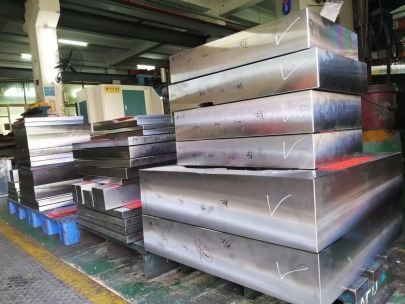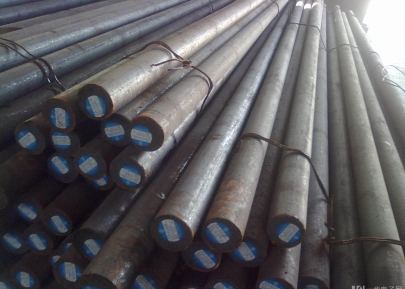Introduction to Base Molding
Base molding, also known as baseboards, signifies the transition between the wall and the floor in a room. Ideally, it serves both an aesthetic and protective purpose. With modern architectural trends influencing design choices, understanding contemporary base molding styles is pivotal for homeowners seeking to refresh their living spaces.
Types of Modern Base Molding
Modern base moldings come in various styles, allowing homeowners to tailor their selections to fit their tastes and home decor. Below is an overview of popular styles:
- Flat Baseboards: Simple and versatile, flat baseboards offer a minimalist aesthetic suitable for contemporary settings.
- Profiled Baseboards: Characterized by contours and embellishments, these baseboards add a touch of elegance.
- Industrial Baseboards: Often made from metal or reclaimed wood, this style complements urban designs.
- Colonial Baseboards: Championing traditional designs, colonial baseboards feature classical elements that add sophistication.
- Modern Farmhouse Baseboards: A homage to rustic living, these often utilize shiplap or beadboard textures.
Materials Used in Modern Base Molding
The choice of material significantly affects the molding's appearance, durability, and installation process. Common materials include:
| Material | Pros | Cons |
|---|---|---|
| Wood | Durable, customizable, and classic appearance | Can warp, requires regular maintenance |
| MDF (Medium-Density Fiberboard) | Cost-effective, smooth finish, easy to paint | Less durable than solid wood, can be damaged by moisture |
| Polyurethane | Lightweight, resistant to moisture and insect damage | Can appear less authentic than wood |
| Vinyl | Flexible, water-resistant, low maintenance | May not provide the same aesthetic value as other options |
Choosing the Right Base Molding for Your Home
Selecting the ideal base molding involves several considerations:
- Style Compatibility: Align the molding style with your overall home decor and architecture.
- Height and Width: Taller baseboards can elevate a room's visual appeal, while shorter ones tend to appear more casual.
- Color and Finish: Consider painting or staining options to either match or contrast with your walls and floors.
Installation and Maintenance Tips
Proper installation and maintenance can enhance the longevity of your base molding:
Installation Steps
- Measure the length of the walls where the molding will be installed.
- Cut the molding to size using a miter saw for angled corners.
- Secure the baseboards with finishing nails or adhesive.
- Fill any gaps or nail holes with caulk or wood filler.
- Sand, prime, and paint or stain as desired.
Maintenance
- Regularly dust to avoid buildup.
- Use a damp cloth for cleaning; avoid excessive moisture.
- Inspect for signs of wear and consider repainting or refinishing as necessary.
Trends in Base Molding Design
As interior design evolves, so do the trends surrounding base molding. Current styles include:
- Contrasting Colors: Using a different color for baseboards than the wall creates visual interest.
- Integrated Lighting: Molding that houses LED strips can highlight architectural features.
- Sustainable Materials: Eco-friendly options are gaining popularity in response to environmental concerns.
Conclusion
Base molding is an often-overlooked element of interior design that holds significant potential for enhancing the beauty and functionality of American homes. By exploring modern base molding styles and considering the materials, styles, and trends highlighted in this guide, homeowners can make informed choices that reflect their personal aesthetics while maintaining the integrity of their living spaces. Whether opting for a minimalist flat style or a detailed profiled design, the right base molding can transform a room from ordinary to extraordinary.
FAQ
1. What is the standard height for base molding?
While there is no strict rule, standard base molding heights typically range from 3 to 6 inches. Taller profiles can create a more dramatic effect.
2. Can I install base molding myself?
Yes, with basic tools and some DIY experience, installing base molding is achievable. However, for intricate designs or larger projects, consider hiring a professional.
3. How often should base molding be painted?
It varies based on factors such as wear, damage, and aesthetic preference, but a good rule of thumb is to repaint every 5 to 10 years.
4. Is it necessary to caulk along the top of base molding?
While not strictly necessary, caulking can provide a cleaner finish and help seal gaps, especially in rooms with fluctuating humidity.



